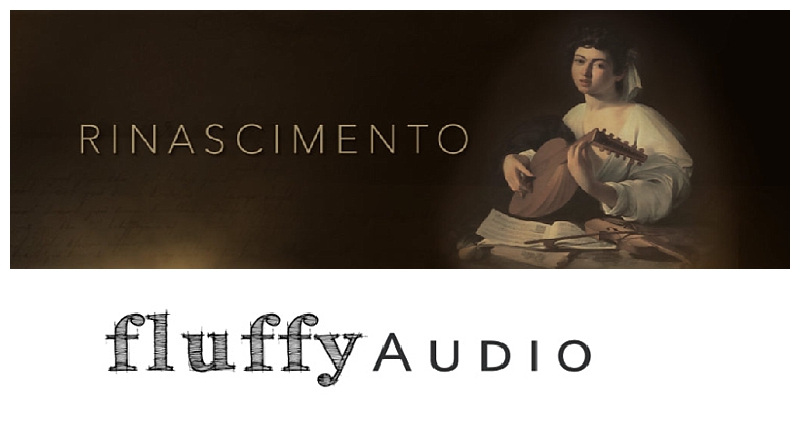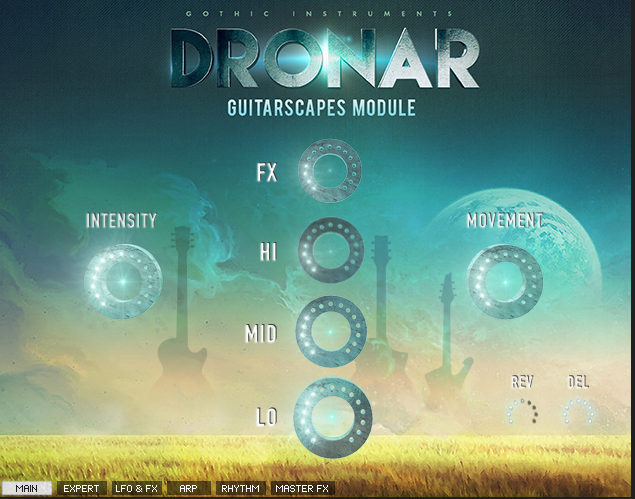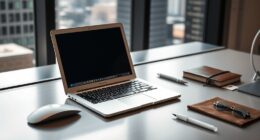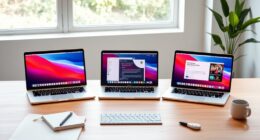Thorsten Meyer: Paolo you run Fluffy Audio, tell us a little about Fluffy Audio and about the team?
We are a small team of four people plus some great collaborators. Me and Olmo plan the recordings and sample the instruments, while my girlfriend Gabriela and Sebastian help us to edit hours and hours of samples. Then I develop the GUI and make the scripting to package everything in a Kontakt instrument. We’ve recently discovered that our friend Riccardo Barba is an invaluable asset to produce beautiful demos for our products.
Where is Fluffy Audio located?
We live near the Garda Lake in Italy, a lovely place for spending holidays. Come here! I also move often to Barcelona where I live with my girlfriend. Come here too and pay us a visit!
I certainly would love to visit you Garda Lake is just 4 hours away and I have been many times in Barcelona.
How did it all start?
After years of composing for media, I’ve thought: “Why can’t I try to create an instrument on my own?” So after the piano tuner finished her job, I began sampling my own piano. That’s how My Piano bornt. Then I also developed a little vst plugin called AudioTrap. I assembled a quick site in wordpress and FluffyAudio was started. We just sold 3 copies of AudioTrap (and one of them was pirated), so we realized that the sampling was a more profitable route for us. I also enjoy more to work with sound and music directly than spending days working on testing software for compatibility as it happens with VSTs.
How do you position Fluffy Audio to the market?
We are still a small business in a really crowded market. Our aim is to position us among the biggest players in the industry, without losing the fun of doing what we love. Someone recently asked us: “What is the meaning of your work? What are you aiming to achieve?” I replied: “Mmm… We just want to continue enjoying what we do!”
Now you are in a market lead position yourself what is your advise to companies that want to be successful in this market?
My suggestion is to never think that a single product would be a game changer. The growth is a constant process and only dedication and time can help to create a successful business. Also with internet you can reach any remote place on the planet, but this also means that people can forget you fast if you stay still for too much time. That’s why we try to alternate between “Simple” instruments and biggest projects. Also, you need to concentrate on the weakest spots of your development chain: since most businesses start as a one man show, you have to take care about all the departments of your business.
I am curious what are your top selling products?
Our top selling products (in no order) are AURORA and the Trio Broz Solo Strings series, but with Rinascimento we are getting an incredibly warm feedback.
Which instrument libraries do you consider your hidden champions?
I’m very proud of our latest instruments because I feel that we improve some little things time after time. In any case I feel very proud of our Scoring Piano and our John Diamanti Fox: Solo Clarinet (which has a lovely and special emotive sound).
In these days there are many woodwind libraries on the market, yours are unique. What is your secret in making your woodwinds (flute, clarinet, oboe, and bassoon) so special?
Since our Trio Broz Solo Strings series, we’ve realized that the best thing we could do is to try to capture a performer more than an instrument. The idea is not to create a bassoon, but a bassoon performed by Michele Fattori, who is an incredibly talented performer. By touching the samples as less as possible we can capture something more in the samples. This also opens the way for future sampling of the same instrument performed by different players.
When recording the woodwind libraries, who did perform the instruments?
The name of the performers are part of the name of the libraries. They are all professional musicians with lots of experience. In the case of Stefania Maratti’s flute, I love her approach which puts music in everything she does. She’s not only a very talented player, but I think that she feels music in a very special way.
Let’s focus on your string instruments (Trio Broz Strings). How and where do you capture and record your instruments?
We’ve sampled these instruments at the Teatro delle Voci in Treviso. Anyway we usually bring our own recording gear and eventually rent some more stuff for capturing the material at its highest possible quality.
When recording the string libraries, who did perform the instruments and helped to record them?
We’ve sampled a trio of skilled brothers who regularly perform together. The guys at the studio (Renato and Alex) were being really helpful in dynamically handling the variable acoustics of that hall for the sampling session.
How many round-robins, articulations and dynamics did you include?
The number of articulations may vary, depending by the amount of sampling time we had at our disposal. For non percussion instruments, we usually make 4 RRs, at three dynamics (but it may depends).
Tell us more about how artist can use the instruments with their tablets or other devices?
Besides using the device as a midi-controller with third party software, at the moment is not possible to have the instruments inside a mobile device. But we are anyway looking around for different solutions from Kontakt, since, many developers like us are quite tired to rely on a single platform (which has a very expensive pricing system).
Is there any score where the string instruments have been used you like to point out?
Some of these instruments were used by some great talented composers like David Garcia Diaz (a friend, which music I really love), Ignacio Nunez (who always strike me with his beautiful scores), Roger Subirana, Antongiulio Frulio and other really talented composers.

Let us talk about Rinascimento is a collection of 36 Medieval and Renaissance instruments.
This has been our biggest project ever. Being Italian I’ve always had this idea of working with local players which music is specifically linked to our history. After some research we’ve discovered this ensemble of musicians called La Rossignol. They make very beautiful shows with live renaissance music and dancing.
Where did you find all those instruments that are part of Rinascimento?
Unlike classical musicians, people who plays historic musical instruments naturally tend to be able to play a lot of instruments of the same family. So after some talks, we’ve made up a quite big collection of possible instruments. Then we had the contact of Diego Cantalupi (please listen to his music he is an incredible performer), Claudio Mandonico and Olmo (who is a skilled percussionist) performed all the percussion in the library.
Where did you record the Rinascimento instruments?
In a beautiful hall in Crema.
Are all recorded in the same place?
Yes, that’s why they blend together quite well.
What was your inspiration to create Rinascimento?
We wondered about the music we would be able to create with the library. So this year I’ve had the excuse to explore a world of beautiful music that I never had the chance to study and learn.
Some sonorities, in my opinion, are quite new in the world of sampled instruments.
Can you reference already any use of Rinascimento?
The library is quite young, so there aren’t any major works done with it yet. But we’ve been contacted by few of the best film and game composers who were deeply interested in Rinascimento, so I expect some beautiful music to come out soon with these instruments.
Thank you for your time.










